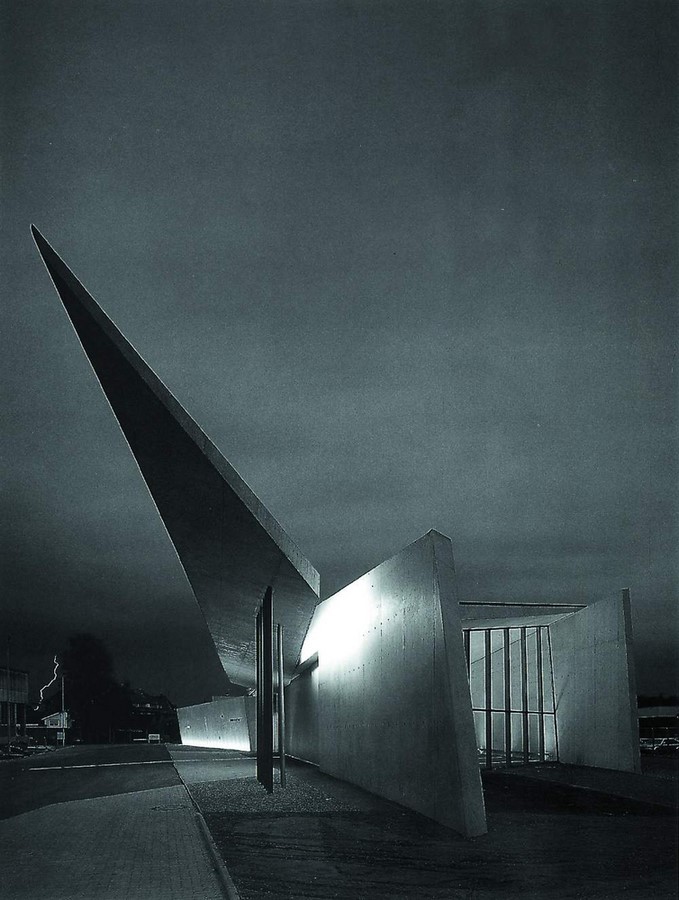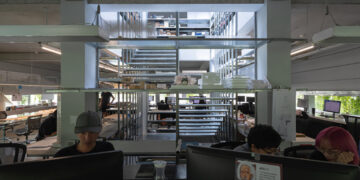Introduction Zaha Hadid’s Vision

Zaha Hadid, renowned for her avant-garde architectural style, made a significant mark with the Vitra Fire Station in Weil-am-Rhein, Germany. This project marked the transition from her conceptual drawings to physical architectural marvels, embodying her innovative design approach.

Design Concept: Defining Space and Structure
The Vitra Fire Station stands as more than just a building; it defines and organizes the surrounding environment, acting as a visual anchor for the complex. Hadid’s design strategically shields the campus from traditional neighboring structures, establishing a dynamic relationship between the building and the street.

Architectural Form: Sculptural Simplicity
Characterized by long, narrow concrete walls and roofs intersecting to form prismatic volumes, the building exudes sculptural simplicity. Hadid’s insistence on maintaining visual purity, from the exposed concrete elements to the frameless glazing, accentuates the building’s conceptual essence.
Dynamic Movement: Frozen Motion
Echoing the fluidity of Hadid’s paintings, the Vitra Fire Station evokes a sense of frozen movement. As viewers approach, the building transforms, offering glimpses of its interior and hinting at the choreographed activities within. This dynamic impression mirrors the station’s readiness for action, embodying a perpetual state of alertness.

Legacy and Function: A Symbol of Innovation
While the Vitra Fire Station no longer serves its original purpose, it remains a testament to Hadid’s groundbreaking vision. Despite its transformation into an exhibition and event space, the building’s legacy endures as a milestone in Hadid’s career, showcasing her ability to blend radical design with functional architectural space.

Conclusion: A Pioneering Architectural Achievement
The Vitra Fire Station stands as a pioneering achievement in Zaha Hadid’s illustrious career, embodying her visionary approach to architecture. Its striking design, sculptural simplicity, and dynamic presence continue to inspire architects and enthusiasts alike, cementing its place as an icon of contemporary architectural innovation.



































